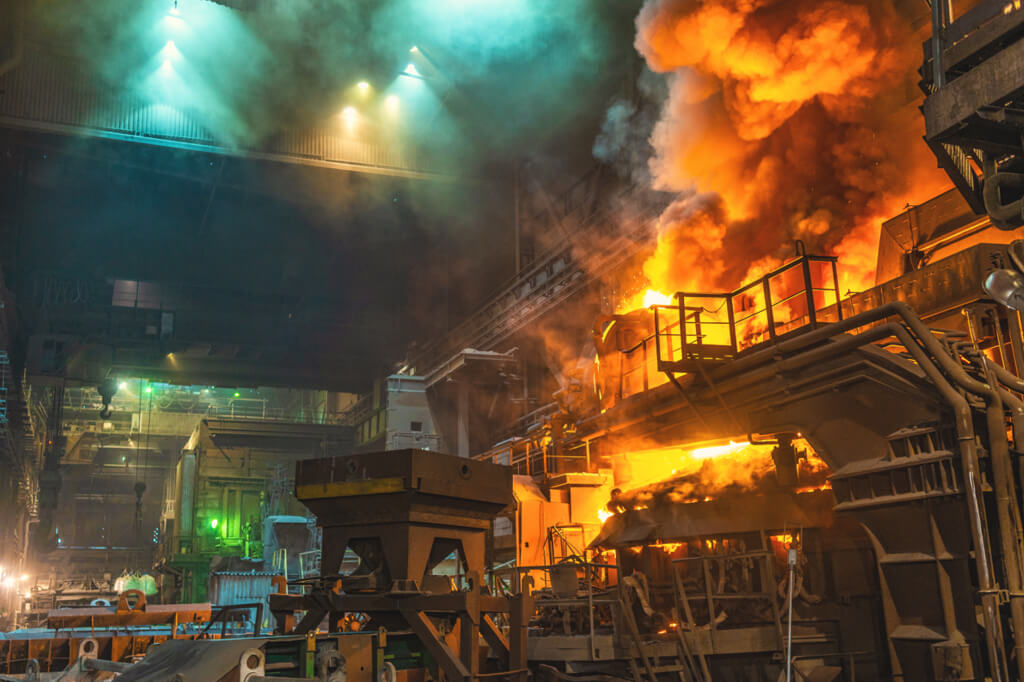
Abstract
This case study delves into the pioneering efforts of a leading steel production company that has embraced a revolutionary path towards carbon-neutrality. Faced with the urgent need to address environmental concerns and reduce its carbon footprint, the company initiated bold measures to revolutionize its operations. This case study explores the journey, challenges, and successes encountered by the company as it endeavors to introduce carbon-neutral steel production initiatives.
Introduction
Steel production is a significant contributor to global carbon dioxide emissions, making it a crucial sector to address in the fight against climate change. However, various innovative initiatives have emerged in recent years, aiming to achieve carbon-neutral steel production. In this technical blog, we will explore several case studies that highlight successful carbon-neutral steel production initiatives. These examples showcase the feasibility and potential of transitioning the steel industry towards a more sustainable and environmentally friendly future.
- Hydrogen-based Direct Reduction: One promising case study involves the implementation of hydrogen-based direct reduction technologies. A leading steel producer partnered with renewable energy companies to develop a hydrogen production facility, powered by renewable sources such as wind or solar energy. The produced hydrogen is then utilized as a reducing agent in the direct reduction process, replacing traditional fossil fuel-based methods. This initiative significantly reduces carbon emissions associated with steel production, as hydrogen combustion only releases water vapor.
- Carbon Capture and Utilization (CCU): Another innovative approach to achieving carbon-neutral steel production is through carbon capture and utilization. A steel company collaborated with technology partners to implement a large-scale carbon capture system that captures CO2 emissions during the steelmaking process. The captured CO2 is then utilized in various applications, such as the production of synthetic fuels or the enhancement of concrete materials. This approach not only reduces carbon emissions but also creates valuable products from captured CO2, promoting a circular economy.
- Electrification of Steelmaking: The electrification of steelmaking processes is gaining momentum as a viable solution for carbon-neutral steel production. In one case study, a steel producer transitioned from traditional blast furnaces to electric arc furnaces (EAFs). EAFs utilize electricity as the primary heat source, reducing the reliance on coal or natural gas. Additionally, renewable energy sources power the EAFs, further minimizing carbon emissions. This shift towards electrification significantly reduces the carbon footprint of steel production while maintaining high-quality steel output.
- Circular Economy and Scrap Recycling: The adoption of a circular economy model and increased emphasis on scrap recycling play a vital role in achieving carbon-neutral steel production. A steel manufacturing company implemented a closed-loop recycling system, where steel scraps from various sources, such as end-of-life products and manufacturing waste, are collected and processed to produce high-quality steel. By reducing the need for virgin iron ore and minimizing energy-intensive processes, this initiative significantly decreases carbon emissions associated with steel production.
Conclusion
The case studies presented in this blog highlight the transformative potential of carbon-neutral steel production initiatives. Through the adoption of hydrogen-based direct reduction, carbon capture and utilization, electrification of steelmaking processes, and embracing circular economy principles, the steel industry can significantly reduce its carbon footprint. These innovative approaches demonstrate that achieving carbon-neutral steel production is not only feasible but also economically viable. By implementing these initiatives on a larger scale, the steel industry can contribute to global efforts in mitigating climate change and creating a more sustainable future. It is through such transformative initiatives that we can pave the way for a greener and carbon-neutral steel industry.
About Author
Filter Concept has positioned itself as a proactive contributor in the pursuit of sustainability and reducing carbon footprints within various industries. By designing and implementing effective filtration systems, the company plays a crucial role in minimizing carbon emissions. This aligns with the broader objective of achieving net-zero emissions, marking a significant stride towards environmental responsibility.
In the context of carbon footprint reduction, Filter Concept’s advanced filtration solutions are instrumental. These systems are engineered to capture and eliminate pollutants and emissions from industrial processes. This not only ensures compliance with environmental regulations but also significantly reduces the ecological impact of industrial operations.
In terms of sustainability, Filter Concept’s initiatives extend beyond emission control. The company supports the production of sustainable products by enabling cleaner and more efficient industrial processes. This holistic approach not only addresses immediate environmental concerns but also fosters a culture of sustainability within the industry. Through these efforts, Filter Concept contributes to the creation of an eco-friendly and sustainable industrial ecosystem, aligning with the overarching goal of net-zero emissions. This narrative can serve as a powerful conclusion in a block discussing Filter Concept’s role and impact, highlighting its commitment to environmental stewardship and sustainable industrial practices.

